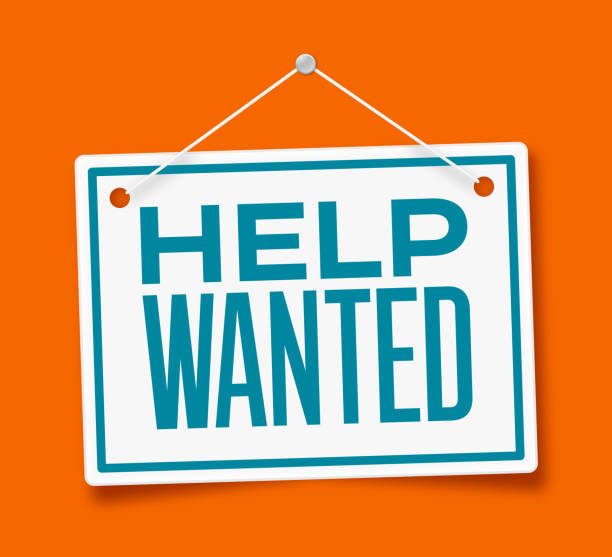How to plan for facility staff retirements
Baby boomers are retiring at a rapid rate. And with these retirements comes a new focus on succession planning and knowledge transfer. Over time, organizations often don’t realize how much of their operations and strategy exist within the minds of their workers. Sadly, it’s often after a staff member leaves the company or retires that the organization realizes all that they did and all that they knew.
Baby boomers are retiring at a rapid rate. And with these retirements comes a new focus on succession planning and knowledge transfer. Over time, organizations often don’t realize how much of their operations and strategy exist within the minds of their workers. Sadly, it’s often after a staff member leaves the company or retires that the organization realizes all that they did and all that they knew.
Staff transitions are not always easy to plan for. Sometimes, they develop quickly and leave little time for management to respond and adjust. But retirements are something your organization should be able to plan for because they should be scheduled out at least several weeks in advance, if not a few months.
Here’s a look at how to plan for facility staff retirements without allowing their knowledge to walk out the door with them.
The challenges of retiring facility staff
Traditional record-keeping methods for facility maintenance can be problematic. Everyone has a different strategy for how to organize a spreadsheet detailing scheduled maintenance and some aspects of how that schedule works always resides within the employee’s mind. Relying on these traditional record-keeping methods can be exceedingly risky for facility management teams.
Another challenge with retiring facility staff is the sheer magnitude of the baby boomer retirements that will happen over the next few years. In the United States, about 10,000 baby boomers retire each day. This showcases why baby boomer retirements are such a focal point for many organizations right now. By 2030, most baby boomers will be retirement age or older, so this is not a challenge that is going away anytime soon.
Organizations that lack succession plans and struggle with ensuring knowledge transfer before these retirements might lose important organizational knowledge with each new retirement. And, if your organization isn’t currently focused on attracting and retaining top talent, you’ll have trouble filling these gaps on your team as retirements continue.
Furthermore, as your staff transitions from employing many baby boomers to more millennials, you might need to adjust your company culture. Millennials value different workplace characteristics than baby boomers and you’ll need to adjust to meet this new generation of employees.
Not only that, but the next generation tend to change jobs more than baby boomers. Baby boomers were more likely to stay decades within a position. Hence why they carry so much organizational knowledge. But Millennials might only spend a few years with your organization, making for challenges in knowledge transfer not just because of retirements.
How facility management teams can ensure knowledge transfer
More than ever, it’s imperative that organizations ensure no one employee’s absence from work would interrupt or harm a business process. Facility teams need to cross-train their staff to prepare for anything.
The coronavirus pandemic showcases how business operations can change from one day to the next. With those changes come different expectations for staff and the need to be an agile and fluid team.
Before an employee leaves your employment, discuss their daily routines and tasks with them. Ensure that everything they do has a new owner so that nothing slips through the cracks. Additionally, you’ll want to make sure your whole organization knows who to contact for work orders if you aren’t using a work order management process through a CMMS yet.
A departing employee should spend their final weeks training and meeting with other staff members to ensure a smooth transition. Do not allow that employee to just continue doing what they’ve always done for your organization, or you might see the gaps they leave behind after it’s too late.
The role of CMMS in knowledge transfer
CMMS puts information at the fingertips of your entire staff and shows in-depth reports to the management team. The best way to ensure that retiring employees don’t walk out on their final day leaving unknown tasks for the rest of your staff is to track it all through CMMS.
Within CMMS, your facility staff logs each maintenance task they complete, whether scheduled or in response to a work order request. Before an employee retires, your facility management team can pull up all tasks that employee has recently completed and review each one with them to ensure you aren’t losing important knowledge with their departure.
Organizations that use CMMS sustain best practices and have few adjustments to make with staff turnovers. Even industries with high turnover rates can maintain their day-to-day operations thanks to CMMS and the information it provides the staff.
Barbara van der Walt
Eagle Technology, Inc.
Tel: 262-241-3845
Email: barbarav@eaglecmms.com




